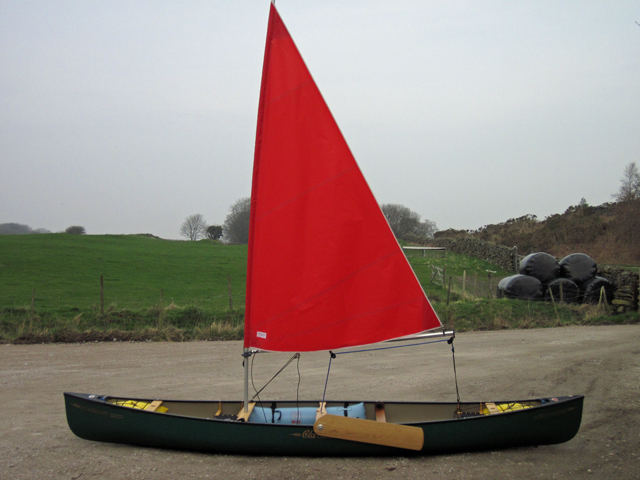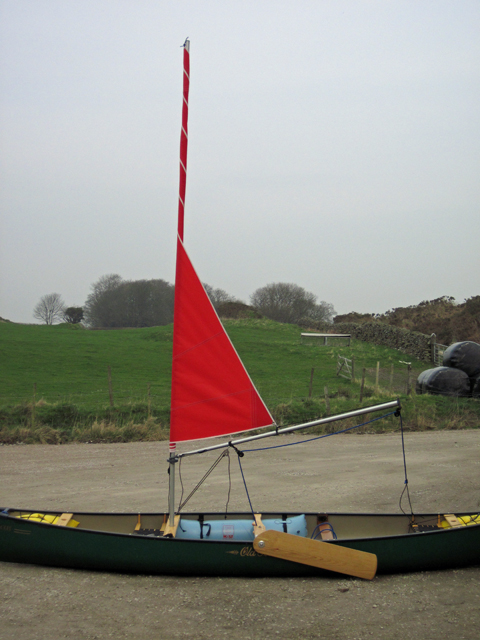Sailing Canoes are broadly defined
Sailing canoes, in general, are not a single class racing boat, with strict rules about what type of rig or sail you must use. Although there are sailing dinghies designed for cruising, many are primarily used for racing around a course of buoys at a sailing club. They need to have a standard boat and rig for each class, so that they can race together on equal terms – at least regarding the equipment.
Sailing canoes do not need to follow any racing tradition and are more suited to cruising. They can be easily transported and launched at different bodies of water, as well as being capable of doing multi-day trips in more exposed locations. And they can still be used for some light-hearted racing, for a bit of fun occasionally!
This freedom is liberating and gives the canoe sailor a chance to experiment with different sail types and various sail sizes, to find something that suits them best.
A long way from ‘one design’ rules
With sailing canoes, there is not a one size that fits all. The young athletic sailor might want to sit out with a powerful rig and sail fast and aggressively, whilst an older less active sailor might want to sit in the bottom of the canoe and have a much less demanding rig that will look after them.
With this freedom of choice also comes some responsibility. Canoe sailors often cruise in company with other canoe sailors. We aim to be self sufficient and look after our own safety, but we also have a duty of care to others that we sail with. It is tempting to get into an ‘arms race’ with other sailors, to get a faster more powerful rig, to show off your prowess and leave others behind. Equally it is possible to have a very small rig that doesn’t perform well and doesn’t allow you to keep up with other sailors. And this can end up with no-one to go sailing with.
In general we should aim for a rig that is easy to manage, easy to reef when the wind picks up, does not interfere with paddling if the wind dies, easy to remove for passing under bridges etc and generally one that looks after you. Below are a few types that we have seen in the Open Canoe Sailing Group. We are a UK based group so most of these are available in the UK. We have seen a few rigs from other parts of Europe and the USA, so it is possible to look further afield for something that might suit.
Sail area can be measured in square feet or in square meters. Roughly 10 sqft =1sqm


